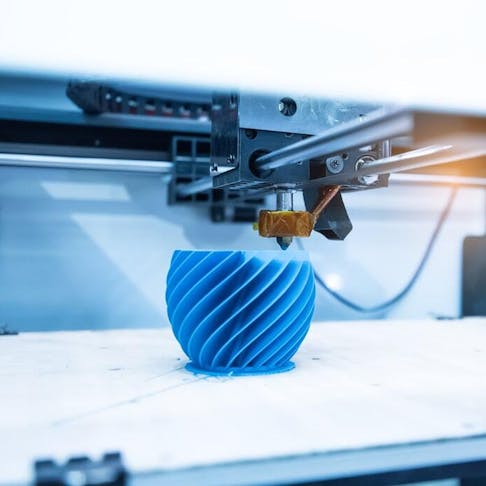3D printing, once an idea from science fiction, has quickly transformed into a modern manufacturing marvel. As businesses globally adapt to this technology, questions about its environmental footprint have surfaced. Is 3D printing a boon or bane for the environment? Here’s a look. Companies like r3dprints Malaysia emphasize the advantage of on-site printing, which reduces carbon emissions from shipping goods long distances.

The Pros:
Resource Efficiency: Traditional manufacturing typically uses a subtractive process, chipping away at materials to achieve the desired product. 3D printing, on the other hand, is additive. It layers material only where needed, reducing waste significantly.
Transportation Savings: Localized production through 3D printing cuts down transportation needs.
Customization and Reduced Overproduction: The ability to tailor products to specific requirements means there’s less likelihood of overproduction. This not only saves resources but also cuts down on potential waste.
The Cons:
Energy Consumption: Initial research suggested that 3D printers, especially at the domestic level, consumed more energy per item than mass production techniques. However, advancements in technology and improved efficiencies are continuously addressing this concern.
Plastic Predominance: Most 3D printers use plastic polymers, leading to potential environmental concerns, especially if not recycled. Firms, however, are rapidly exploring sustainable, biodegradable alternatives.
Chemical Emissions: Some 3D printing processes release volatile organic compounds (VOCs) into the environment. It’s essential to be mindful of these potential toxins, though advancements are being made in this area as well.
How Companies Like r3dprints Malaysia are Making a Difference:

One cannot discuss the environmental trajectory of 3D printing without highlighting pioneers in sustainable 3D printing practices. r3dprints Malaysia stands out, advocating for responsible innovations. Their commitment to eco-friendly materials, recycling, and energy efficiency underscores the industry’s potential for sustainable growth.
R3dprints Malaysia, among others, shows that while the technology is not without its environmental challenges, with conscious efforts, its impact can be significantly mitigated.
Conclusion
3D printing undoubtedly holds immense promise for revolutionizing manufacturing. While there are environmental concerns, the proactive steps taken by industry leaders promise a more sustainable future. As consumers, staying informed and choosing to support businesses like r3dprints Malaysia, which prioritize eco-friendly practices, can shape the industry’s direction towards a greener tomorrow.
